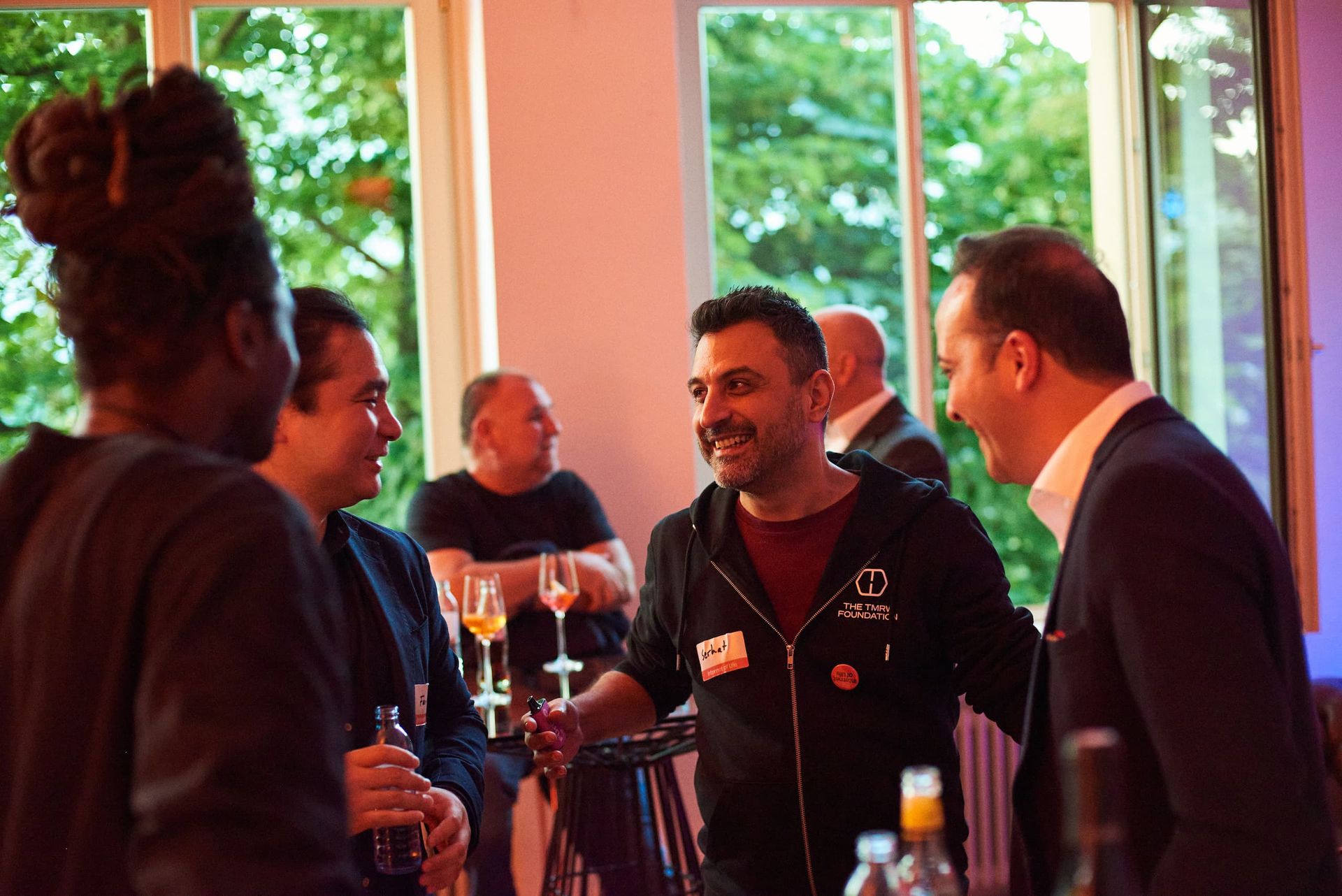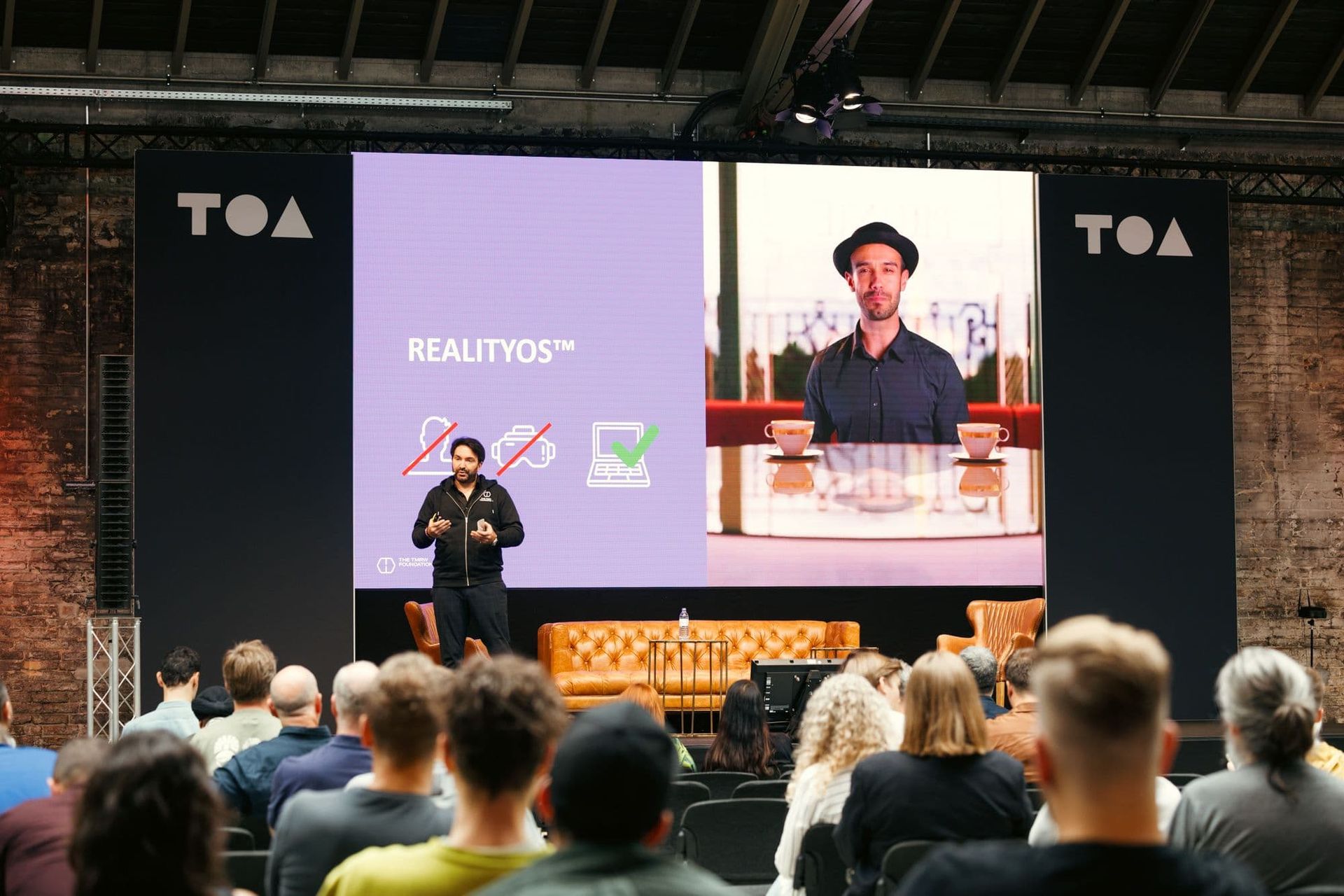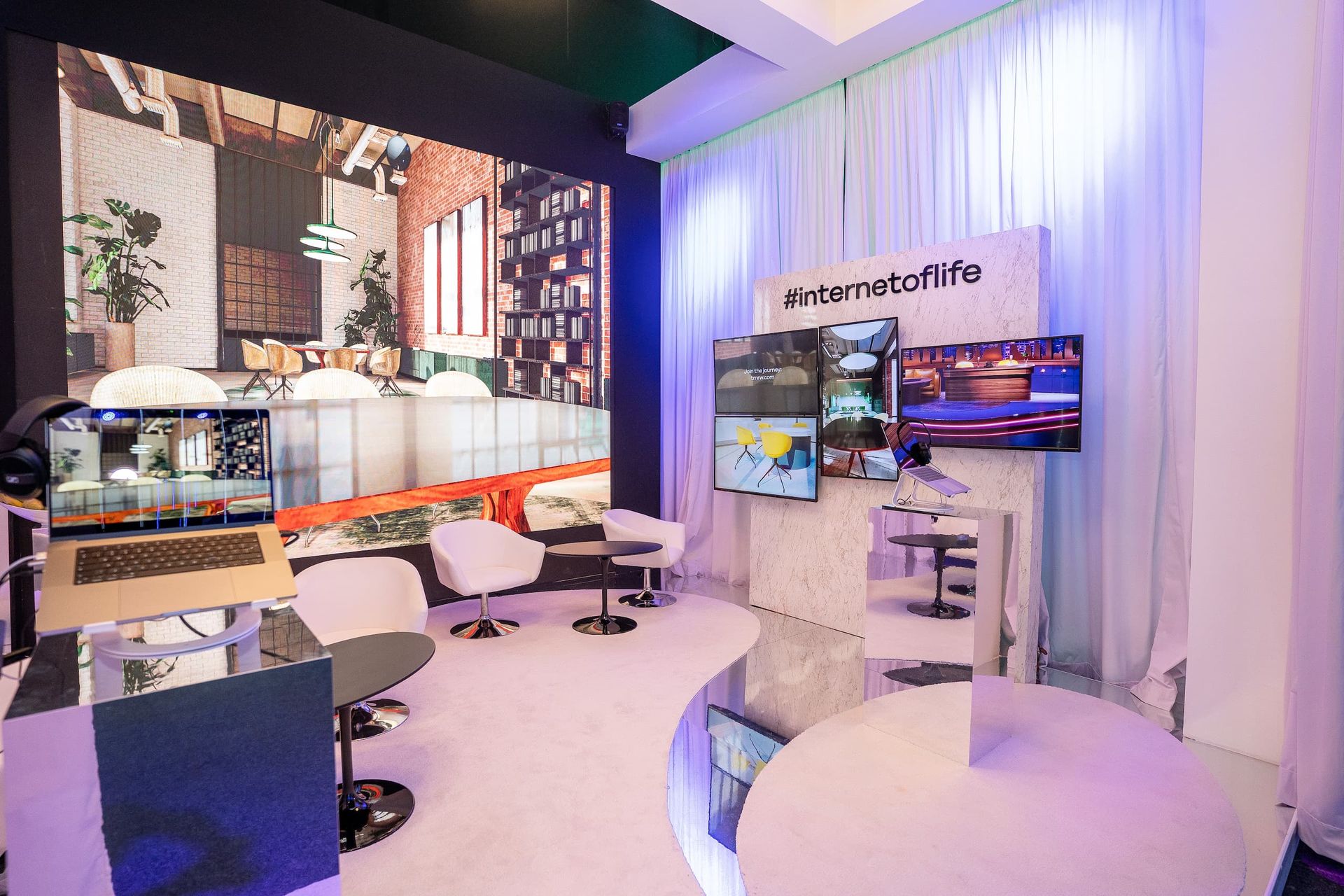Explore the biggest challenges as we venture into Web 3.0
There’s no more powerful encounter with our personal sense of identity than a good look into the mirror. Yet, how do we grasp the same feeling of comprehensive identity online?
When we take a look at ourselves in the digital mirror, what do we see? What do others see? What does the mirror itself look like? Often, our digital mirror is simply the front camera of our phones.
Today’s digital mirrors are everywhere we look, reflecting and transmitting likenesses of our “true” identity in so many ways. The way we identify — or are identified — online is shaped by varying degrees of our control: owned, shared, filtered, distorted, decorated, dressed up or down. In metaverses, page-one search results, LinkedIn profiles, social media stories and beyond.
To take control of how our identities are represented by our digital twins, we need to safeguard our personal sovereignty and watch our wallets, treating every interface as if the mirror were two-way, with both active and passive observers on both sides.
Holding great promise for confronting the challenges that our personal identity faces in the wilderness of Web 3.0, the foundational principles of The Internet of Life and the guidelines it offers for building identity in the next web can guide our understanding of what role we’ll need to play in taking control of how those digital twins represent us in the internet’s next big step.
The World Economic Forum estimates that 850 million people walk the earth with no form of official identification. As the need for user-managed identities increases to ensure equal access and accountability, the Internet of Life™’s low-barrier tech solutions will be key to making Web 3.0 a place of opportunity regardless of gender, religion, color, creed, socio-economic situation or location.
Ever found yourself a bit far from home with the realization that you’ve forgotten your wallet? It’s a naked feeling, one that’s about more than just money. It’s about lacking the ability to identify ourselves. In the new digital frontier, our biometrics serve as a unifying tool that brings together our bodies and the verifiable proof of accountability a wallet, phone or passport provides.
This proof of self is another key — motivating us to extend trust to others while enabling others to believe in us and whom we say we are, in order to create comfortable digital environments where our interactions can be free to experience trustworthy flow. Internet of Life self-governance solutions are set to make these verifications of true identity seamless and secure.
Low-barrier tech will be key to making Web 3.0 a place of opportunity regardless of gender, religion, color, creed, socio-economics or location.
Decisions regarding whether a person is trustworthy have always relied on situational and interpersonal evaluations to establish trust. Will a loan officer grant you a mortgage if you fail to make eye contact? Doubtful. Try securing that loan as an avatar online. So many “real-life” situations are fast-tracked for virtual-environment transition, and the way that we approach our virtual twins’ identity is crucial to the future of our happiness and mental health.
Avatars and 180 pixel-wide profile pics don’t represent real people, so it’s no wonder why people don’t act real when they can hide behind them. Implementation of the Internet of Life’s principles — real-time, verifiable 3D presence in digital environments will restore trust and accountability to the encounters we have online — most importantly in crucial encounters that soon will shape interaction in Web 3.0: education, banking, legal services, telemedicine and more.
What it comes down to is our ability to create systems that create the same type of connection online as we create away from our devices. A critical and conscious approach to how we consume and create in the digital space is key to building an identity for ourselves that we can be proud of — one we’d not be embarrassed to have seen by others through the other side of the two-way mirror. No more hiding online. Time to be real.
To identify in an honest way, realizing that digital life and real-life are now one and the same. Key drivers for human happiness in Web 3.0 life — metaverse or elsewhere — need to bring us together, be safe, comfortable, empowering, expressive, memorable and simply fun. We accomplish this and we’ve built a beautiful mirror of us living our best life.



